#BrandStrategy
Chrysler Going Electric By 2028, Airflow EV Introduced
Stellantis has announced plans to shift the Chrysler brand to an all-electric lineup by 2028, presumably because it doesn’t know what else to do with it anymore. Though, considering the make’s long and storied history, the change almost seems fitting.
When the French bought up Fiat Chrysler Automobiles from the Italians in 2021, the namesake brand had already been losing steam under the Germans. But they were adopting the company after years of mismanagement from Americans, who had taken the marque from being arguably the most luxurious and technologically advanced the United States had to one that had to be saved from bankruptcy by government intervention on more than one occasion. Suffice it to say, Chrysler has enjoyed some of the sweetest highs and pathetic lows imaginable. But it always seems to rise from the ashes thanks to some innovative decision that ultimately helps redefine the industry — which is why Stellantis is leading its own EV offensive by reviving the Airflow name.
Cadillac Expects to Lose One-Third of All U.S. Dealerships This Year
Cadillac is expected to have lost one-third of its U.S. dealerships this year — going from nearly 900 physical locations at the start of 2021 to an estimated 560 by year’s end.
But there’s allegedly no need to worry about the brand because this is part of a planned electric offensive. Last year, Cadillac asked dealers to spend the capital necessary to install charging stations, update their service centers, and retrain staff to better tackle EVs or take a buyout before the automaker’s first battery-driven car (the Lyric crossover) hits the market early in 2022. It would seem that a meaningful portion of the whole decided to bow out, which Cadillac seems totally fine with.
What Do You Think About Dodge Going Electric?
Following the PSA-FCA merger that resulted in Stellantis, Dodge has been promising that it would reinvent muscle cars to become all-electric vehicles. This rattled many Mopar fans, with the hardest day being when the automaker teased what was undoubtedly an EV concept inspired by the original Dodge Charger in July. In an act of true sacrilege, it even carried the Fratzog logo worn by many Chrysler products from the era.
This week, Dodge CEO Tim Kuniskis provided a loose timeline for the company’s planned EV offensive and what we might expect. He also acknowledged that the company knows that some fans of the brand are filled to the brim with trepidation at the prospect of an electric muscle car.
Audi Transitioning Solely to EVs Doesn't Include Chinese Market
Volkswagen Group has been prattling on about electrification for years and ultimately decided that Audi would be the tip of its progressive spear. The brand has cachet as both a luxury and performance division, while simultaneously possessing VW’s magical ability to produce vehicles that don’t become an eyesore after you’ve had them in the garage for a decade.
While transitioning toward EVs runs the risk of spoiling that, Audi is clearly the VW property best positioned to come after would-be Tesla customers and is not hesitant to issue reminders that it’s serious about being a global leader when it comes to battery-driven vehicles. On Tuesday, the Ingolstadt-based company announced plans to exclusively launch electrically driven automobiles from 2026 onward — adding that it doesn’t even plan on selling internal-combustion vehicles by 2033.
But these rules won’t apply to the Chinese market, which will be flush with internal-combustion vehicles produced within its borders years after the rest of the world has apparently lost the option to purchase them.
Volvo Cars Now Following Lynk & Co Playbook, Introduces C40 Recharge
There was a time when practically any automaker could earn a few brownie points by proclaiming that they too would be transitioning toward becoming an electric-only manufacturer by [insert year here]. But times have changed and EVs have been around long enough for consumers to expect more than a promise that there would someday be more of them. There’s also a sense that regulations (stemming largely from Europe and China) are forcing the issue to a point where practically all automakers will eventually have to totally seize electrification or be forced to hand over vast amounts of money to governments or their chief rivals as a way to “offset” carbon emissions — making corporate promises far less impressive than they otherwise could have been.
Volvo, which was at the forefront of novel combustion powertrain solutions a few years ago, has since committed itself toward wholly embracing electrification under the tutelage of Geely Automotive. The Swedish-Chinese brand has made repeated announcements suggesting just how important EVs are for its future. On Tuesday, the company announced that it had officially committed itself to going fully electric by 2030 and showcased a new model while also vowing to make future sales online only.
Course Change for Infiniti As Nissan Throws Out Old Playbook
The course Infiniti plotted to guide it safely through the 2010s met with bad weather and hidden shoals, leaving Nissan’s premium division idled and taking on water. Sales dried up, as did its once-promising partnership with Daimler. Even a restyled compact crossover with an innovative engine failed to raise anyone’s pulse upon its 2018 debut. The thud could be heard for miles.
As it embarks on an austere new midterm plan designed to solidify its financial standing, Nissan has a new course in store for Infiniti. Say hello to the “Nissan-plus” brand.
BMW Tries to Picture M Division's Future, Says No Cap on Power
A lot of people gripe about BMW losing its edge. Formerly reserved for the greatest performance vehicles in its lineup, the M designation has migrated to encompass a rather large subset of the BMW fleet. While this has undoubtedly helped the brand boost its sales for years, it also muddied the waters of what constitutes an M.
In the past, BMW’s M vehicles denoted a marked increase in horsepower and real-world performance. Now they’re intermixed with M Sport trims that split the difference between standard fare and bonkers M in terms of output. And they haven’t been turning up the dial lately. In fact, the performance division of all German automakers seem to have slowed down on maximizing performance while the core business prioritizes fuel efficiency and electrification — largely because it’s expected of them by regulators.
It may not be so cut and dried. BMW CEO Markus Flasch has taken a keen interest in the M division, saying “we have to be very careful to preserve what M stands for” while evolving the brand. More recently, he said the automaker had no intent to cap output to appease anyone, claiming that the company’s performance arm has to think carefully about the future.
Strange Bedfellows: American EV Company Partners With China's Hongqi
World leaders like to travel in comfort, security, and style — which is why you never see presidential motorcades formed around a Nissan Versa. Instead, security details crowd around something big, black, and closely tied to a domestic nameplate if the nation in question has such a manufacturer. In China, the preferred choice among high-ranking government officials has been FAW Group’s Hongqi luxury brand. Translated into English, the name means “Red Flag” and it’s the pride of China, even though the bulk of FAW’s premium models are a redux of various automotive products produced by foreign manufacturers.
That includes Hongqi’s first vehicle, the CA72. Launched in 1958 as a model exclusive to state institutions and the leadership of the Communist Party of China, the CA72 was basically a 1955 Chrysler sedan with a different grille. While that model line has had its own evolution, subsequent FAW products from the modern era benefited from joint partnerships with automakers like Mazda, General Motors, Toyota, and Audi.
A new joint venture specifically targeting Hongqi is now underway, and its a curious one. An American electric vehicle startup named SilkEV is apparently teaming up with the brand that symbolizes the CCP to produce high-end performance cars, and they’re spending a bundle to do so.
As Brand Goes Electric, Porsche R&D Head Says Tesla Not a Direct Rival
Now that Porsche has committed to Volkswagen Group’s plan for widespread electrification and manufactured its first purpose-built EV, many are starting to make comparisons with Tesla. Like it or not, Porsche’s Taycan is probably the closest competition the Tesla Model S has.
Porsche’s R&D boss, Michael Steiner, doesn’t like the comparison, saying any direct juxtapositions are apples to oranges — even if Tesla’s recent attempts to call out Porsche’s newest model seem contrary to this.
Study: Ram No. 1 on Young Truck Shoppers' Lists
Domestic automakers are enamored with the full-sized pickup segment because it’s a reliable way of securing hundreds of thousands of sales in North America on an annual basis. Here, Ford’s F-Series reigns supreme. That might not always be the case, however, especially with younger buyers opting to purchase their pickups at competing brands.
Last month, Edmunds released a study claiming Ram is leading the charge with buyers under 35 — saying the brand had won over “the most coveted section of the market.”
Volkswagen's Making Big Promises About Electric Vehicles and the Energy Grid
Volkswagen Group’s transition toward electric vehicles has been no secret. Since getting busted with software designed to defeat emissions testing five years ago, the manufacturer has trumpeted the merits of electrification at every opportunity. Still, some continue to wonder how an EV-dominant world will work, expressing concerns that peak charging hours could stress national energy grids past the breaking point.
One proposed solution is to use the connectivity available in modern cars to take power from the grid only when surplus energy is available, while feeding electricity back into it during peak draw hours. Michael Jost, VW’s head of product strategy, said this was something the automaker has been working on.
Tomorrow's Triumph? Mitsubishi Motors Reinventing Itself, Making Moves
Watching Mitsubishi return from death’s door has been less exciting than the first part of this sentence makes it sound. Part of that stems from the automaker’s position as a multinational corporation that has lost its way and not some down-on-his-luck boxer you’re supposed to be rooting for in a movie. Even if you were inclined to clap for corporate comebacks, Mitsubishi hasn’t earned its standing ovation just yet.
While the brand’s U.S. sales have improved every year since 2013, progress has been gradual. Last year, Mitsubishi moved 118,074 autos inside America — the best it has managed since before the Great Recession, but nowhere near its 2002 high of 345,915 deliveries. That might paint the situation a bit darker than it actually is, however.
Mitsubishi has actually managed to retain customers in China far better than it could in the U.S. and its European sales are higher than they’ve ever been. The Japanese firm also has a strong footprint in numerous developing markets around the world. But North America has historically been an extremely important market for Mitsubishi, and it wants its market share back, so it’s making some additional changes.
BMW's Next CEO: Meet the New Boss, Same as the Old Boss
With Oliver Zipse confirmed as BMW’s new chief executive, practically everyone theorized on how he was going to shake up the strategy established under former-CEO Harald Krüger — which revolved around gradually introducing more EVs via a highly flexible architecture. While we were disinclined to agree, a swath of industry experts and media outlets claimed this was a terrible blueprint for the brand and expected Zipse to come up with something different.
However, he looks to be offering more of the same. That begs the question as to why Krüger actually left the company and taints the validity of suggestions that his product strategy was internally viewed as a failure.
Smaller Trucks, Bigger Loyalty: VW Sees a Place for Truly Compact Pickups
Volkswagen has been flagrantly displaying new pickups at trade shows for a couple of years now, and with good reason. Domestic trucks have grown very large. In 1993, you could still purchase the Ford F-Series in a format where its maximum length did not exceed 197 inches. Today, the F-150 gets no smaller than 209 inches with a standard cab. Meanwhile, the now mid-sized Ranger, sold only in SuperCab and SuperCrew guise, grew from to 181 inches in overall length to a whopping 211 inches within the same timeframe.
The supersizing of the North American pickup created an interesting opportunity for manufacturers, and Volkswagen took notice.
Cadillac's V-Series Was Apparently Too Powerful for the Mainstream
We, like everyone else, bemoaned Cadillac’s new V-Series models for seeming underpowered. And yet the company now suggests that putting a lid on power was part of the plan all along. Apparently, GM claims, shoppers were being scared off by the CTS-V’s big numbers.
“There was, frankly, some people who were intimidated by the cars,” GM President Mark Reuss elaborated last week, according to Automotive News. “When we did a [V-Series], they were hammers … There’s some intimidation there.”
While undoubtedly true of some customers, is Cadillac certain that’s the message they want to impart? No matter how you slice this cadaver, the fact remains that the brand is still delivering two V-Series entrants that fail to impress on paper the way their predecessors did. We’ll happily admit that horsepower isn’t everything, but you cannot lead with how the CT4-V’s improved efficiency and lighter curb weight will make it a better car than the ATS-V its replaces when all anyone can notice is a glaring horsepower disparity.









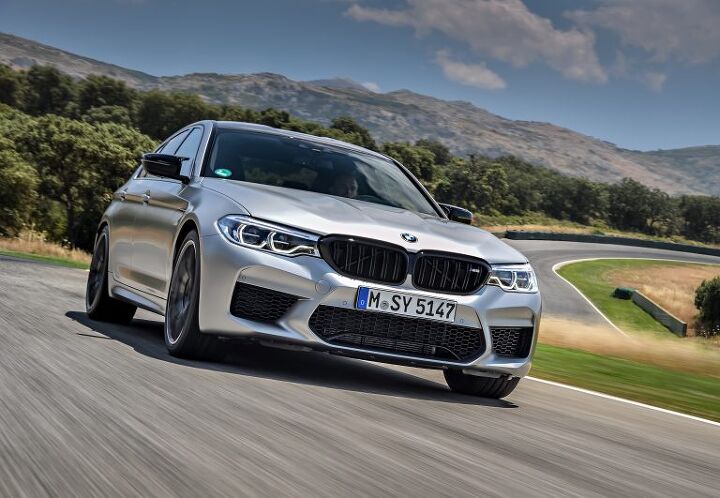
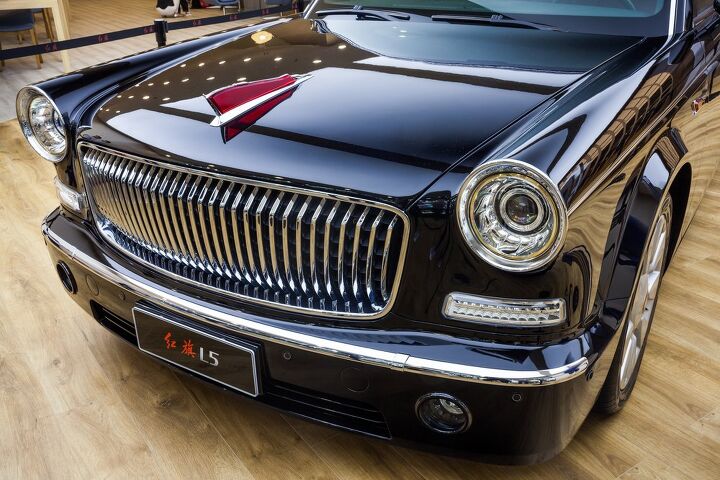
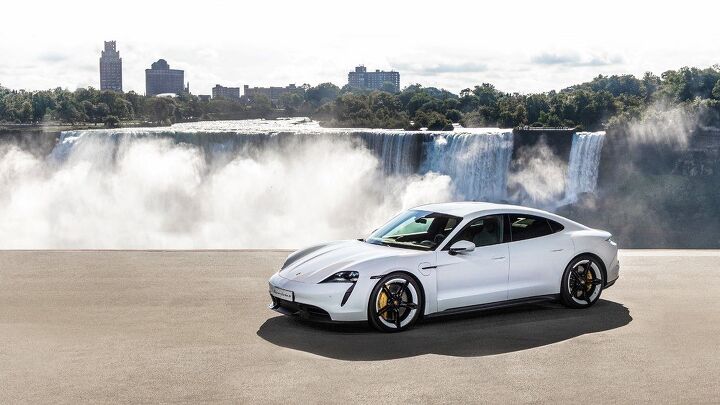
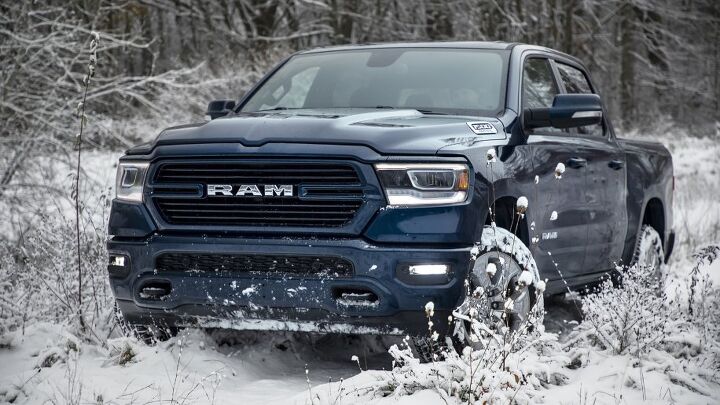


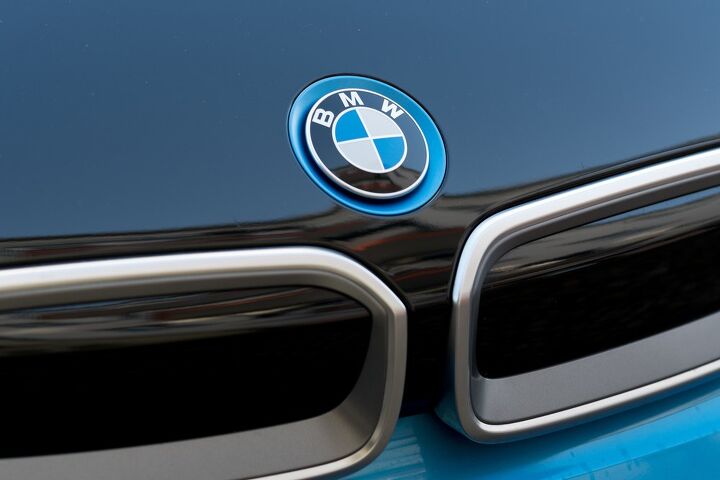

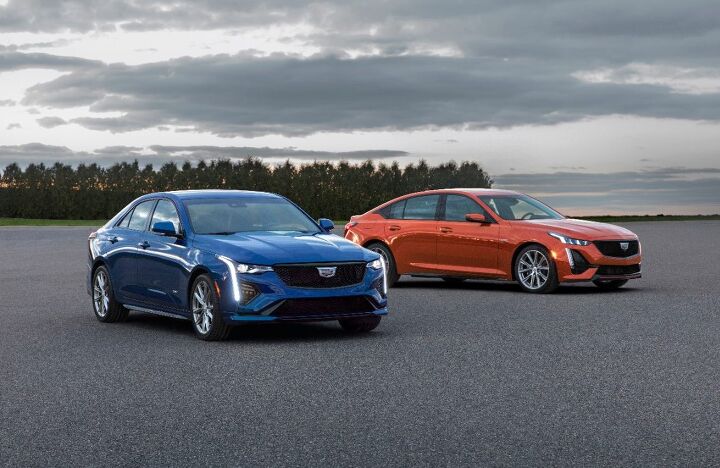












Recent Comments